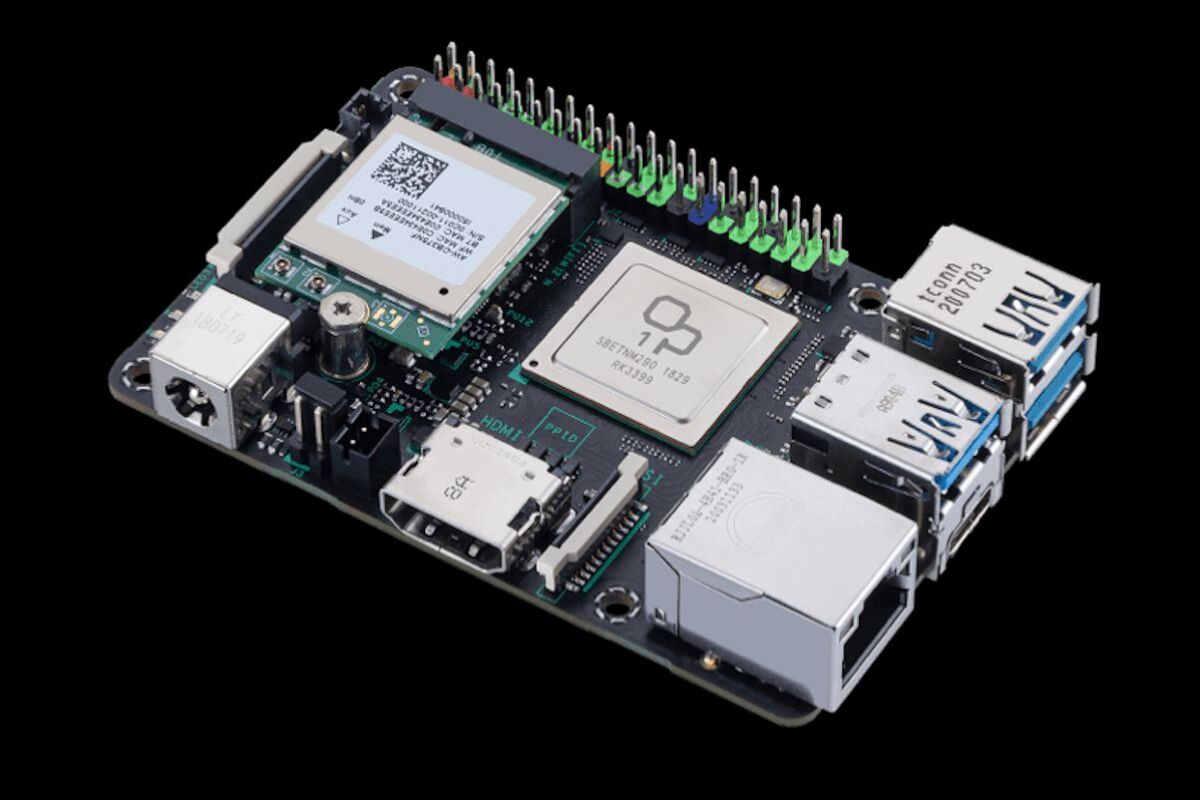Back in 2017, Asus leveraged its motherboard know-how to throw down the single-board computer gauntlet to the Raspberry Pi Foundation with the Tinker Board. There have been a few variations since, but now the second generation boards have been revealed.
There are two Tinker Boards on offer, which are pretty much the same apart from the standard 2 model comes with a microSD card slot only while the 2S adds 16 GB of onboard eMMC storage.
They both get a boost in the brains department to a six-core RK3399 system-on-chip (SoC) that's based on Arm's new 64-bit v8 architecture and features two different processors – 2-GHz dual-core Cortex-A72 and 1.5-GHz quad-core Cortex-A53 – that are automatically selected by software to best meet the needs of the current task or process. Asus says that users can expect nearly twice the performance compared to the original Tinker Board.
The SoC also includes multi-core Mali T860 graphics with support for 2D/3D graphics applications in OpenGL ED 3.0/3.1, OpenVG 1.1, OpenCL and more. Again, users can expect a performance bump over the original board, this time by up to 28 percent. System memory support comes in 2 or 4 GB LPDDR4 flavors.
Three display interfaces are included – HDMI, DisplayPort over USB-C and DSI – and the board can support dual displays at up to 4K UHD resolution. In addition to the single USB-C port, the new Tinker Boards sport three USB 3.2 Gen 1 Type A ports. Wireless comms get a bump too, with 802.11ac dual-band Wi-Fi and Bluetooth 5.0 onboard.
Elsewhere, the 85 x 56-mm (3.34 x 2.2-in) single board computer boasts Gigabit Ethernet, a MIPI CSI-2 camera interface, a 40-pin GPIO connector, a DC fan header, short circuit and electrostatic discharge protection, and it can run on Debian 9 Linux or Android 10 operating systems, with the latter including support for machine-learning operations and TLS 1.3 encryption.
As of writing, pricing and availability are unknown but the 2017 original carried a suggested retail price of US$55.




